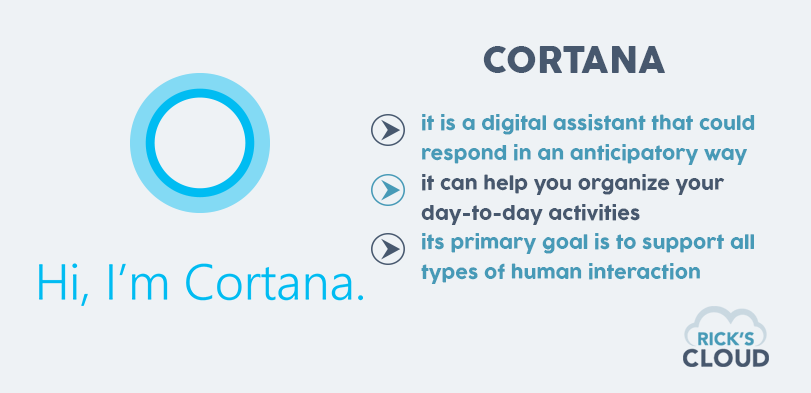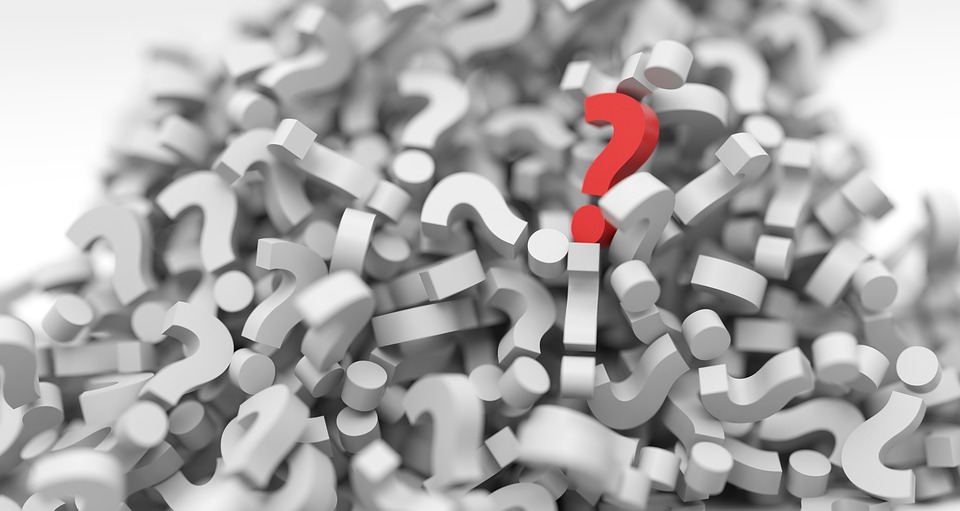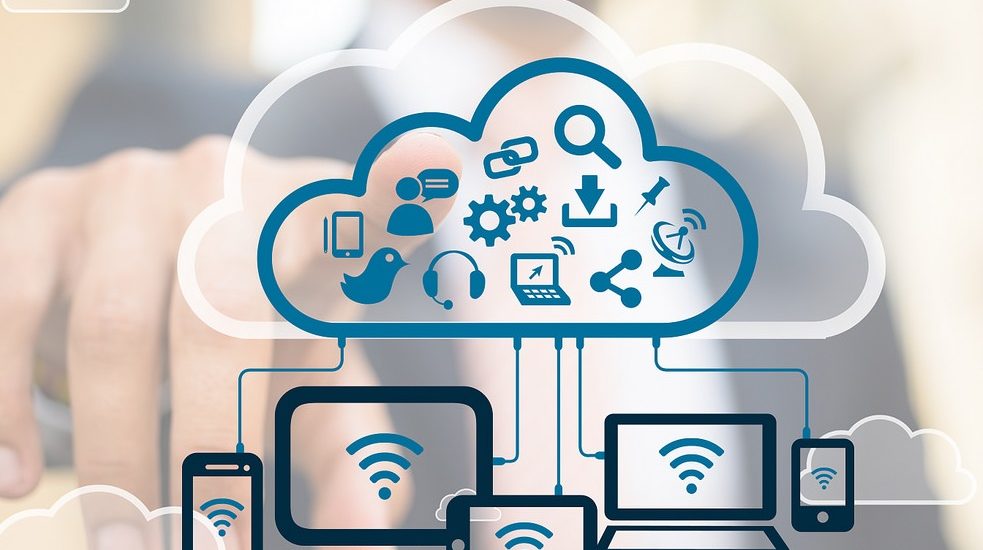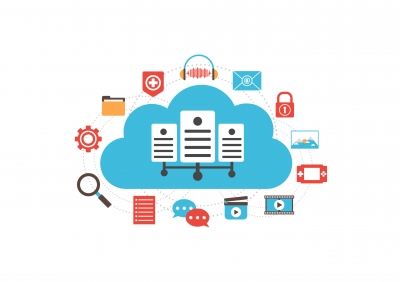
What’s Next for Microsoft Cortana?
At the edge of Artificial Intelligence, when technologies become smarter and easier to use, keeping up with the competition can be challenging. While Apple had Siri and Google had Google Now, Microsoft’s first significant investment in AI was in Cortana. If you haven’t met Microsoft’s Cortana yet, let me introduce her to you and see what’s next for her.
Who Is Cortana?
Cortana’s development started in 2009, it was brought to “life” in 2014, her father is Bill Gates and her mother…well, the voice, at least, it belongs to the actress Jen Taylor. Cortana was used initially as a codename for the service, but after leaks and a petition, Microsoft decided to keep it and to respect the role model.
Cortana is based on a 26th-century artificially intelligent character in the Halo video game, and her debut was the same time as Windows Phone 8.1. Microsoft worked closely with Halo developer and Bing to accomplish its goal of creating a digital assistant that could respond in an anticipatory way, not just assist people in their activities.
The base technologies include speech recognition, semantic language processing, dialogue modeling between human and machines, and spoken-language generation. Statistics show that Cortana use grew from 0.2 million monthly users in the U.S. to 0.7 million, or a 350 percent increase, from May 2016 until May 2017.
What Can Microsoft Cortana Do for You?
By learning your habits and interests, Cortana has a notebook and can help you organize your day-to-day activities, search for information on the web, make calls and send texts. It can even let you know the latest news, or it can remind you essential meetings or tasks.
If you’re visiting another country, Cortana can greet you with maps, currency conversions, and weather updates. It can find out the best restaurant in the area and call for a reservation. And, on your way back, it can let you know at the airport if the gate has changed. You can have complete control over what she knows, the entries in the notebook are stored in the cloud, and she will always ask before she stores any data.
How Did Cortana Evolve?
The personal digital assistant was launched in the US originally at Microsoft’s Build 2014 developer conference, and it expanded out from Windows Phone 8.1 to Windows 10 Mobile, Windows 10 PC, Xbox One, and even iOs and Android in 2015 and 2016.
Also, in 2016, Microsoft announced that developers would be able to connect the personal digital assistant through a new bots platform, so now you can make Skype calls or play third-party music apps, using Cortana’s natural language commands.
What Is the Future of Cortana?
The project is still ongoing, Microsoft is working to bring Cortana capabilities to more locations and to involve more complex interactions, including gestures, even payments, and banking. The primary goal is to support all types of human interaction and to go from a Windows phone-based service to a cross-platform wonder, being everywhere.
 What do you think about Cortana? Will it be the next „best assistance” app on the market? Share your thoughts in the comment section below.
What do you think about Cortana? Will it be the next „best assistance” app on the market? Share your thoughts in the comment section below.




